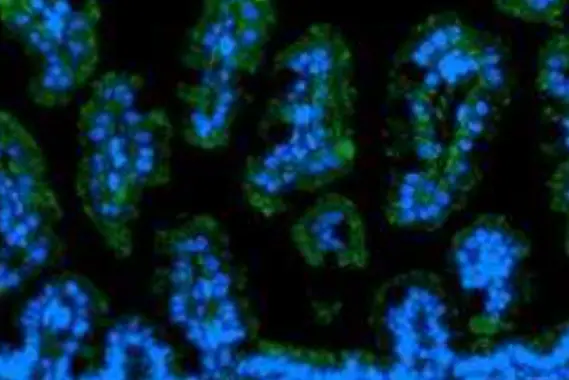Oxytocin and Healing
Oxytocin is a neuropeptide hormone involved in childbirth, bonding, and attachment. As important, it is what allows self-soothing in the face of suffering. When you practice self-compassion, you get rewarded with oxytocin.
Oxytocin—the tend and befriend hormone—is the biological correlate to soothing yourself when you are suffering.
Let’s look at oxytocin and study its role in healing from trauma.
What Is Oxytocin?
Oxytocin promotes connectedness (thus tend and befriend), safety, calm, and trust.
Oxytocin is important in:
- social bonding and relationships
- reproduction, childbirth and breastfeeding
- attachment in children and adults
It is released in response to both positive social connections and stressful conditions.
When under stress, oxytocin may help motivate people to ask for help internally and from other people.
Biochemically, oxytocin promotes other hormones that mediate safety and connectedness, such as oxytocin, dopamine, and serotonin.
In essence, you can think of the amygdala and cortisol in contrast to the hippocampus and oxytocin. Of course, self-compassion is biochemically more complicated than that, but shifting from the amygdala to the prefrontal cortex is the biochemical correlate of freedom and is important in healing from trauma.
You want more oxytocin in your life!
Self-soothing and Oxytocin
Since oxytocin helps self-soothing, it is important to promote the expression of oxytocin and then sit with it and be curious about how it affects your body. Since healing requires neuroplasticity, we need to get new neuronal pathways wired and firing together to change how we think and, thus, how we hear our monkey mind (via meta-cognition) and experience our feelings.
Self-soothing must include embodiment of some sort—you must live in your body to heal it. As you stay with self-compassion, you work to rewire your brain and decrease suffering in your life.
This can be as simple as a lingering hug. You can hug yourself or hold your hand; different people find different ways to self-soothe. Pet your dog or cat. Remember, your brain cannot tell the difference between a real experience and an imagined one, so you can create your own oxytocin-rich experiences!
How to Increase oxytocin in your daily life:
- Physical contact eye contact laughing
- Giving and receiving gifts
- Altruistic acts
- Petting a dog, cat or other pet
- Doing “loving kindness” meditations or visualization
- Telling someone you love them
- Listening to calming music
- Speaking to someone you trust
- Walking or exercising
- Looking or thinking about people you care about
Benefits of oxytocin:
- Social Bonding and Relationships
- Boosts Ability to Cope with Stress
- Induces Labor (Pitocin is the drug used)
- Breastfeeding
- Child Rearing
- Anti-Aging and Anti-Obesity Effects
Low levels of oxytocin may be associated with BPH and can cause child labor and breastfeeding issues. Most importantly, oxytocin deficiency can lead to feelings of isolation and loneliness. Since loneliness is epidemic, boost your own oxytocin through self-compassion.
Oxytocin the “Love Hormone”
While it is a bit over the top calling oxytocin the love hormone, it is important in bonding, generosity, trust, loyalty, and sexual arousal. It promotes resilience and a calm attitude and may promote fidelity, monogamy, empathy, and a father’s bond with an infant. Obviously, it has a huge role in maternal attachment and supports the milk let-down reflex in nursing mothers.
Socially, oxytocin increases trust and generosity and reduces fear of betrayal. Interestingly enough, oxytocin is also associated with schadenfreude and envy. Finally, oxytocin may increase creativity.
Romantic attraction and attachment, as well as monogamy, are influenced by oxytocin.
Interestingly enough, oxytocin is not secreted due to interactions with strangers, just those already close to us. This may lead to tribal thinking, and oxytocin may actually promote antisocial behavior to strangers.
Beyond love and attachment, oxytocin is important in mediating the response to trauma. Treatment with oxytocin (hugs, etc.) around the time of trauma may increase resilience and improve post-traumatic outcomes. Post-traumatic growth may be mediated through improved social cohesion and attachment.
Oxytocin and Allostasis
Oxytocin has similarities to endorphins and can help reduce suffering and promote self-compassion.
Oxytocin has been suggested to promote allostasis (the ability to maintain stability through change) as opposed to the older homeostasis model of emotional change.
“Although the concept of allostasis shares many similarities with homeostasis, allostasis recognizes that organisms can anticipate future changes in the environment and respond accordingly through both physiological and behavioral strategies.”

